
The harmful effects of microplastic pollution on the environment and human health are a growing concern that is being addressed with recycling …
Read Post
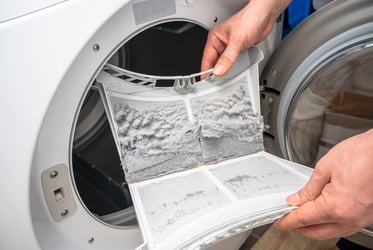
FlowCam has been used in marine and freshwater applications since its invention in 1999. Since then, it has been found to be valuable across many …
Read Post
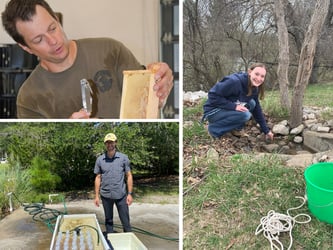
The FlowCam Aquatic Research Grant was first offered in 2011 and since then has provided students and educators with the opportunity to use flow …
Read Post
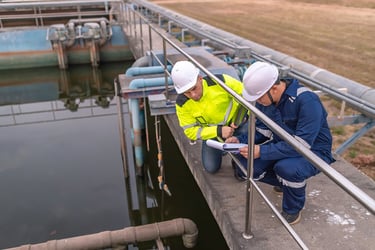
Untreated wastewater isn’t just an operational headache—it poses significant risks for businesses and the surrounding community. Foul odors from …
Read Post
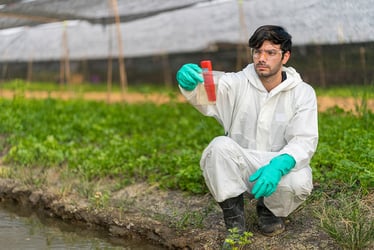
Flow imaging microscopy (FIM) offers a new perspective on environmental particle analysis. With high-quality digital images, FlowCam, a flow imaging …
Read Post

Using FlowCam to image MOO-ving particles? …you’re on the right tract! Corralling food through a cow’s digestive system is no small task, yet the …
Read Post

The Alexander Laskin Research Group at Purdue University is a "multi-disciplinary experimental group with research interests in the areas of …
Read Post
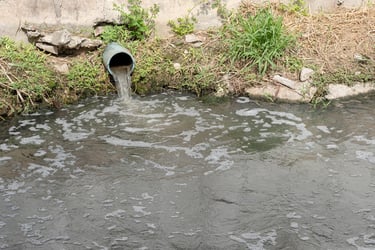
Contaminates in stormwater runoff that feed into our waterways are a leading cause of environmental pollution. Hydro International (a UK company with …
Read Post






